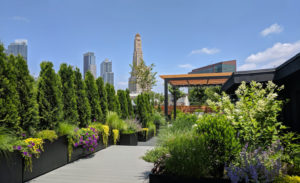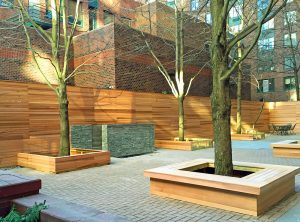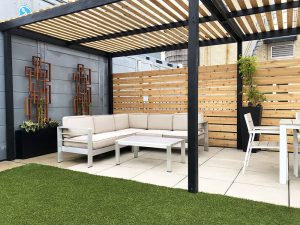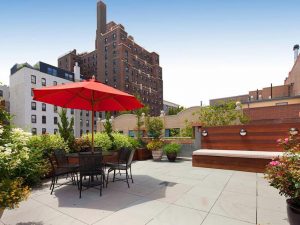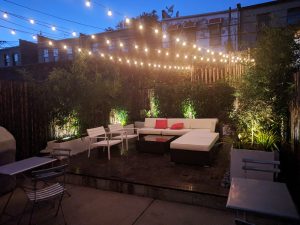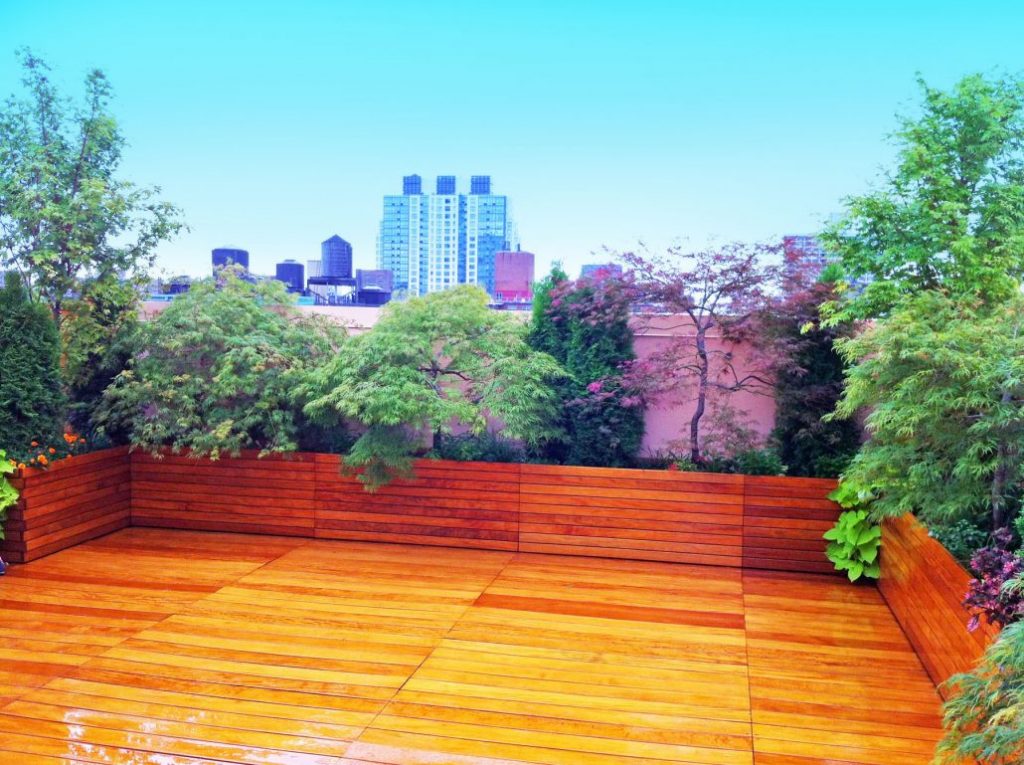
For the lovers of nature, living in urban areas can be a bit depressing. There are just not enough plants in the city. Well, there is a way to make living in the city a little less gloomy. Grow your own garden. It is that simple, and easier to do than you might think. We know living in the city means limited space, so how can you even find the space to grow your garden? With these ten tips, you’ll be able to successfully grow your own garden in the city.
Tip 1: Pick Out Your Gardening Space
Yes, you read that right. Gardening Space. And yes, we have not forgotten you live in the city. So here is what we mean:
The rooftop – Do you have a flat rooftop that is not being used for anything specific? If yes, then this can be an option for your garden. You could utilize all that unused space and get planting.
The balcony – It may look like a small space but could be the perfect spot for growing a garden. If you receive enough sunlight through the balcony, then we can work with that space.
The patio – If you have a patio in your city residence, then you have hit the jackpot in city gardening. You can optimize the space available irrespective of the size of your patio to have an array of plants.
The porch or veranda – Every space counts. Porches and verandas can be used as garden spaces for growing plants that thrive in under-shade conditions.
The windowsill – When we said growing a garden in the city is possible in the most limited spaces, we meant it. Your windowsill can work efficiently as the garden space you need for growing plants. It offers the perfect amount of sunlight for your plants and allows you to admire them while in your apartment.
Tip 2: Plant in Raised Beds
Ideal raised beds are wooden squares of about 30 centimeters with a depth of at least six inches filled with soil. The concept behind raised beds is creating a thick layer of fertile soil in a limited space. Raised beds are ideal for growing a garden in the city because they are easily manageable regarding planting, watering and weeding due to their small size. They are perfect for rooftop gardens, patio gardens, veranda gardens and even balcony gardens. If your space is insufficient however you can still create your own raised beds by using mini-wine crates or wooden wine boxes that can fit on a windowsill.
Tip 3: Plant in Containers
Small containers or big containers, everything works. It is all dependent on the size of your gardening space and what you want to grow. Containers that you can use include five-gallon buckets, cut plastic water bottles from medium-sized to large sized, glass jars, mason jars and planting pots. Shallow-rooted plants and succulent plants such as cactus can grow perfectly in small jars and containers. Mason jars are the most suitable containers for growing herbs. Planting pots come in various sizes so you could get big ones for big rooted plants or plants that densely flowered like Astilbe. When considering using planting pots, it’s best to go for plastic rather than clay pots. Since clay planting pots are porous they dry out moisture faster than plastic ones. Once you’ve picked out the right containers for your plants, you can be creative with how you display them. Consider making a vertical garden to add beauty to your home.
Tip 4: Hang Your Plants Away!
When growing a garden in an urban area, hanging plants are proven to be one of the more effective ways of utilizing your garden space. Hanging baskets can be placed on the balcony, the veranda, and the patio as long as they are at a comfortable height for you to water and tend to your plants. But you do not have to be limited to planting in hanging baskets only. You can use containers available to you and then simply hang them using chain links. Better yet, you can decide to use a shoe organizer to hang your plants in pots. This way you get to grow your garden upwards and not outwards, maximizing your limited garden space.
Tip 5: Choose the Most Suitable Plants for Your Garden
Different plants have different environmental needs. You may already have your preferred plants, but sometimes in an urban garden, you’ll need to make compromises. Before deciding on the plants to grow in your city garden do enough research on the conditions required for healthy growth especially in regards to sunlight and soils. The veranda, porch, and balcony are suitable garden spaces for plants that do not need a lot of sunlight to flourish such as Beautyberry flowers and Hydrangeas.
The rooftop gardening space is perfect for plants that are sun lovers such as Butterfly weed flowers. The patio is suitable for various plants dependent on where you place them. The Beebalm can be a perfect addition to your patio garden space. Not only is it a beautiful flower, it also attracts pollinating insects. Ferns will also definitely look good on your patio entrance. The windowsill is perfect for plants that require minimum sunlight and have thin foliage such as the heliotrope.
Tip 6: Potting Soil Is the Best
For growing a garden in the city potting soil will give you the best results in plant health and growth. This is because potting soil is much lighter, has better drainage and is already sterilized to kill diseases and weed seeds. Potting soil is better at retaining moisture and resists compaction making it the best for growing a garden in the city.
Tip 7: Fertilizer Is Important
Fertilizer adds essential nutrients and minerals to the soil that make the plants healthier. While growing a garden in the city, the need for fertilizer cannot be assumed. But, using a slow-release fertilizer that comes in pellet form will yield the best results in keeping your plants healthy. Slow-release fertilizer releases plant nutrients slowly and will not be washed out of the soil by the constant watering of the plants.
Tip 8: Excessive Watering Equals Dead Plants
Water is crucial for the growth of plants. Plants on balconies and rooftops need to be watered daily as they receive a lot of sunlight which could make them dry. But, too much of water will cause the roots of your plant to rot and eventually die. Unfortunately, the sign that a plant is excessively watered, or under-watered is the same: wilting. To know the difference, pull the plant out of its container very gently and observe the roots. If they are brown and slimy, that is root rot; your plant is wilting because there’s too much water.
Tip 9: Water-Releasing Crystals for When You Are Away.
Sometimes you need to leave the city for a few days or longer. Does that mean you lose all the hard work done in your garden? Not at all. All you need to do is purchase water-releasing crystals. Here is how they work: Mix some water-releasing crystals with the soil as per the instructions. Then, excessively water your plant. The crystals will absorb the extra moisture. The crystals will slowly release the soaked-up water gradually over time into the soil. While you are away, you can have peace of mind that your plants will remain healthy and you will still have your garden when you return.
Tip 10: Start Small.
If you are reading this article, then it may be because you want to make your first attempt at growing a garden in an urban area. All the knowledge we have provided may get you thinking you could jump right in and get your garden up and running smoothly. But it is never that simple. There is a lot of learning to do and experimentation needed. So take small but easy steps, learn through trial and error what works and what doesn’t and eventually get your dream city garden. There is no shame in failing either; it is part of the process.
If you were skeptical in the beginning, we are sure you now believing that growing a garden in the city is quite easy. So go ahead, give it a try. Get in touch with our landscape design experts today.
Click to read the original article by Dr. Mercola
Article by Julia Ellison


